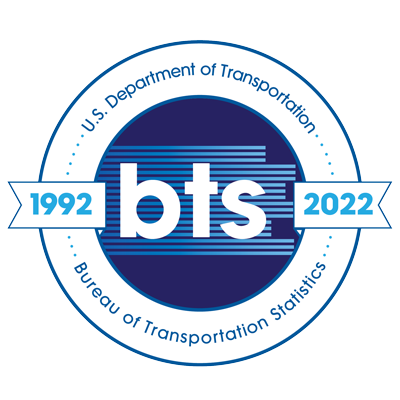!Si no hay carro nos vamos en balsa! Transits and migratory strategies of Cubans in Latin America and the Caribbean
Topics:
Keywords: Cuban transmigration Latin America
Abstract Type: Virtual Paper Abstract
Authors:
Ahmed Correa Alvarez,
,
,
,
,
,
,
,
,
,
Abstract
This paper analyzes the transit strategies of Cuban migrants through Latin America and the Caribbean. The increase in these transits has been accentuated after the Cuban migratory reform of 2013. Despite the diversification of countries of reception, the United States continues to be the leading destination for most Cubans. The centrality in the U.S. context, and its possibilities of regularization for Cubans, has fostered a political and academic framework of representation of Cuban migrants and refugees as 'privileged.'
Cubans' transmigration, especially from Ecuador, picked up momentum after the reestablishment of the diplomatic relationship between Raul Castro and Barak Obama in 2014 and before the end of "wet-foot/dry-foot" in 2017. Despite this, regional statistics still show Cubans transit in these circuits. Events such as the conflict on the Costa Rican-Nicaraguan border in 2015, or the collective deportation of the El Arbolito group in Ecuador in 2016, are only visible expressions of the violence that silently accompany these transits as they move through the region. In the context of COVID-19, the worsening of everyday life conditions in Cuba has been followed by the re-emergence of Cubans' migratory strategies. The number of exits from the beginning of the pandemic to early 2022 exceeds the total number of departures during the Mariel boatlift crisis in 1980 and the rafters' crisis in 1994 combined. The different routes used in this context account for the reading of opportunities and the management of resources and, in turn, respond to the map of geopolitical interests in the region.
!Si no hay carro nos vamos en balsa! Transits and migratory strategies of Cubans in Latin America and the Caribbean
Category
Virtual Paper Abstract








